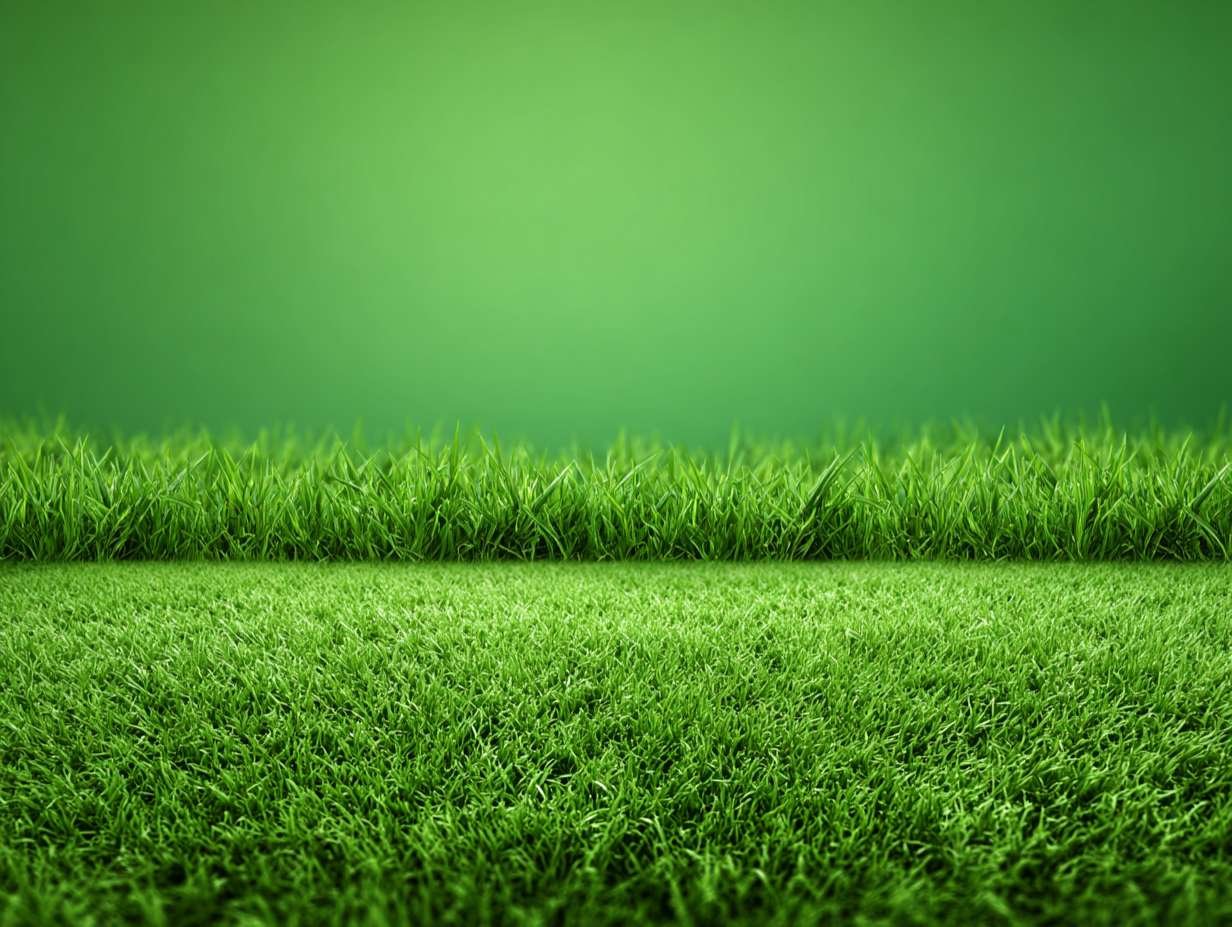
How to Improve Drainage in Garden
Learn practical tips to enhance garden drainage, reduce waterlogging and create healthy, thriving outdoor spaces.
How to Improve Drainage in Your Garden
Good drainage is essential for a healthy garden, preventing waterlogging that can damage plants, soil structure and garden features. Improving drainage helps avoid muddy patches, encourages strong root growth and keeps your outdoor space more enjoyable. There are several practical ways to enhance drainage in your garden, whether you have heavy clay soil, a flat area or uneven terrain.
Identify Drainage Problems
Start by observing where water tends to pool or drain slowly after rain. Note which areas stay wet for long periods and if any plants appear stressed by excess moisture. Understanding the extent and location of drainage issues helps plan effective solutions.
Improve Soil Structure
Heavy clay soils often struggle to drain well because the fine particles compact easily. Adding organic matter such as garden compost, well-rotted manure or leaf mould improves soil texture, increases porosity and helps water soak away faster. Digging in organic material annually supports ongoing soil health.
Create Raised Beds and Mounds
Raising planting areas improves drainage by lifting roots above waterlogged ground. Raised beds can be built using timber, stone or sleepers and filled with a light, well-draining compost mix. Mounding soil gently around plants achieves a similar effect for larger areas.
Install Drainage Channels or French Drains
For persistent wet patches, you might consider digging shallow drainage channels or installing a French drain—a gravel-filled trench with a perforated pipe that redirects water away from problem areas. These solutions require more effort but effectively manage excess water.
Use Gravel or Permeable Surfaces
Replacing compacted or impermeable surfaces with gravel, permeable paving or decking allows rainwater to infiltrate the ground rather than pooling. This reduces surface runoff and can improve overall garden drainage.
Aerate the Soil
Regularly aerating soil by spiking or using a garden fork breaks up compaction and encourages better water movement. This is especially helpful in lawns and heavily trafficked areas.
Plant for Drainage
Certain plants, such as reeds, sedges and willow, thrive in damp conditions and can help absorb excess water. Strategically planting these in wet spots can aid natural drainage.
Avoid Overwatering
Be mindful of watering practices. Overwatering can worsen drainage problems, so only water when necessary and consider drip irrigation or soaker hoses for efficient watering.
Final Thoughts
Improving garden drainage enhances plant health and garden usability. By combining soil improvement, landscaping, drainage systems and suitable planting, you can create a well-drained garden that thrives in all weather conditions.
